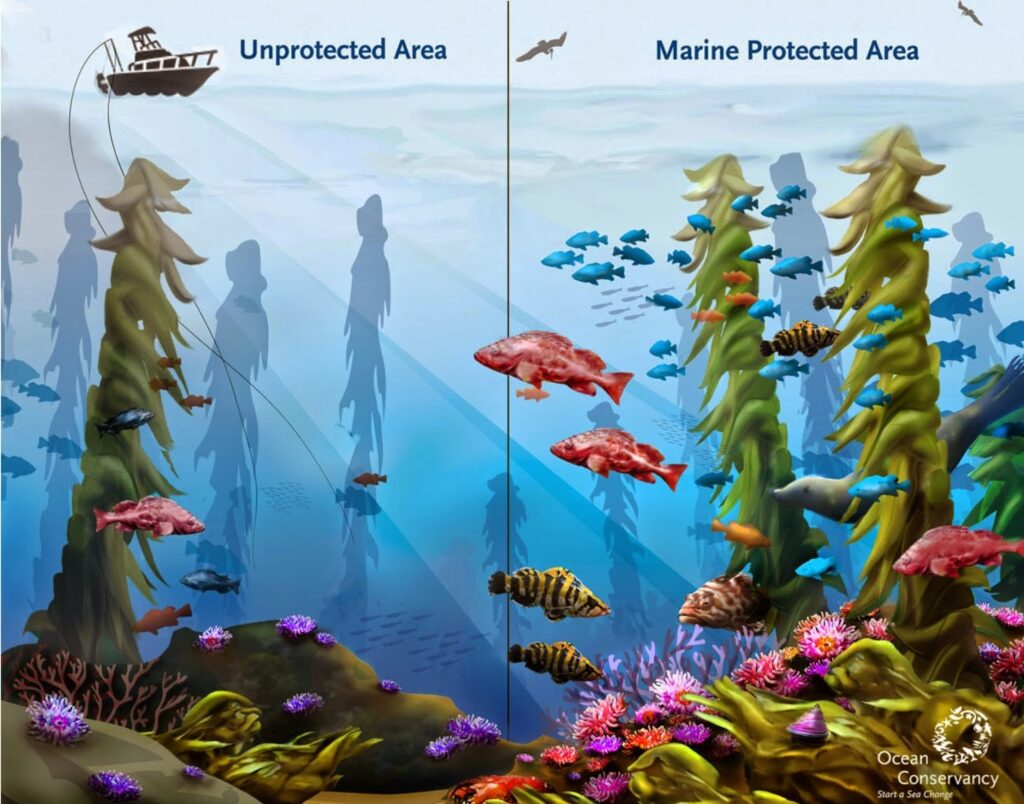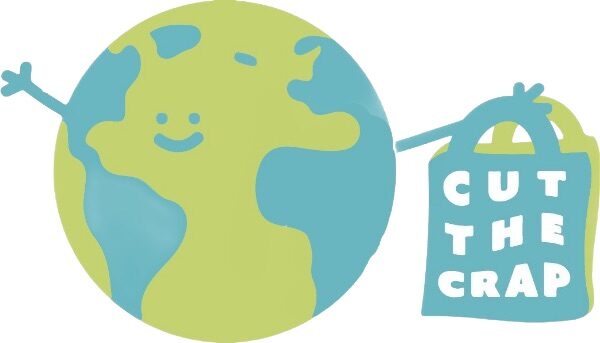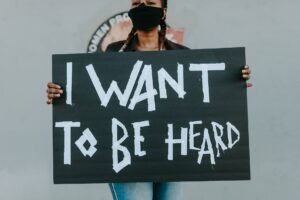
What is the High Seas Treaty?
After decades of international discussion and negotiations, UN countries have finally agreed on a High Seas Treaty. The treaty, formally known as the Biodiversity Beyond National Jurisdiction treaty, is an instrument of the United Nations Convention on the Law of the Sea (UNCLOS) that will govern the use and conservation of the World’s oceans in aims of achieving the 30×30 conservation goal. The four main focuses of this new treaty are protecting marine genetic resources, implementing area based management tools, conducting standardized environmental impact assessments, and capacity building through marine technology transfer.
The term “high seas” refers to the ocean water column that lies beyond the boundaries of any one country. These incredibly important waters make up two-thirds of the global oceans. With currently just over 1% of the High Seas protected, the new treaty will provide a pathway to establish marine protected areas (MPA) in these critical waters. MPA’s have a sliding scale of protections, with the strictest banning all human activity and the less stringent allowing snorkeling and even fishing.

As an environmentalist and policy advocate, I am really excited about this new treaty. It balances real conservation goals with capacity building and collaboration between developed and developing countries. This article is meant to be a brief overview of this complex treaty. I encourage you to read the brief to learn more.
What is the 30×30 goal?
Scientists warn that we must conserve 30% of lands and waters by 2030 if we want to save ourselves from mass extinction due to climate change. President Biden signed an executive order in 2021 that pledged the 30×30 initiative. While the High Seas treaty doesn’t solve the 30×30 protection goal, it creates a strong and just framework to actually achieve it.
Why is this treaty important for conservation?
The high seas are home to over 10 million marine species, a crucial buffer against climate change, and have absorbed more than 90% of the world’s excess heat over the past few decades. Ocean ecosystems produce half the oxygen we breathe, represent 95% of the planet’s biosphere and soak up carbon dioxide, as the world’s largest carbon sink. In addition, they are regarded as the world’s “last true wilderness”.
What is the United Nations Convention on the Law of the Sea (UNCLOS)?
It is an international agreement that establishes a legal framework for all marine and maritime activities. As of June 2016, 167 countries and the European Union are parties. In the past, UNCLOS has faced criticism for allowing unfair benefits to some countries, and has largely failed to protect the marine environment. The High Seas treaty aims to remedy past criticism by increasing transparency and accountability for the distribution of resources, sharing of data and solutions, and creation of marine protected areas.
Does the High Sea Treaty regulate mining or industrial fishing?
This new Treaty does not set rules and regulations for mining at sea. It will also not on its own stop deep-sea mining from beginning in the ocean. However, entities that regulate deep-sea mining need to follow procedures and objectives in the treaty once it is passed. Specifically, they will need to ensure that the International Seabed Authority follows the strengthened Environmental Impact Assessment procedures from the treaty.
How is the High Sea Treaty equitable?
One way is that there are provisions to share the benefits of materials from the oceans. Regular “COP” (Conference of Parties) summits will take place to ensure the treaty is being enforced adequately. Countries have agreed to share data and solutions with all those involved so that everyone can benefit from the knowledge. Local fishing rights in communities that depend on them will also be protected by the treaty. Read the full brief to see more on this point.
So what’s next?
While this treaty is a historic win, there is still an enormous amount of work that needs to be done to formally adopt and implement the treaty. First, The treaty needs to be formally adopted by member states, then ratified by at least 60 countries before it will enter force, which can take years. After that, governments can formally propose where to establish the marine protected areas, which will be reviewed, collaborated on with interested parties, and then voted on for approval.
Want to read more? This Reuters article provides a great interactive overview of the science and politics behind the treaty!




